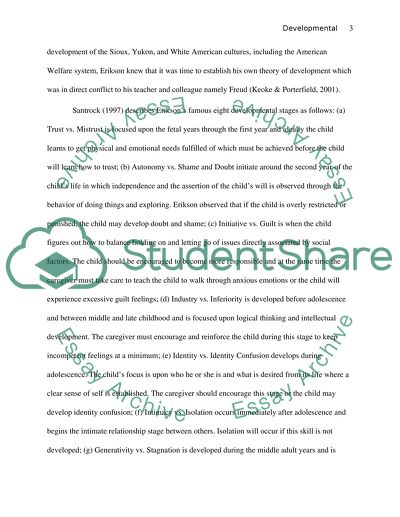Cite this document
(“Behavioral theory development Research Paper Example | Topics and Well Written Essays - 1500 words”, n.d.)
Behavioral theory development Research Paper Example | Topics and Well Written Essays - 1500 words. Retrieved from https://studentshare.org/miscellaneous/1560565-behavioral-theory-development
Behavioral theory development Research Paper Example | Topics and Well Written Essays - 1500 words. Retrieved from https://studentshare.org/miscellaneous/1560565-behavioral-theory-development
(Behavioral Theory Development Research Paper Example | Topics and Well Written Essays - 1500 Words)
Behavioral Theory Development Research Paper Example | Topics and Well Written Essays - 1500 Words. https://studentshare.org/miscellaneous/1560565-behavioral-theory-development.
Behavioral Theory Development Research Paper Example | Topics and Well Written Essays - 1500 Words. https://studentshare.org/miscellaneous/1560565-behavioral-theory-development.
“Behavioral Theory Development Research Paper Example | Topics and Well Written Essays - 1500 Words”, n.d. https://studentshare.org/miscellaneous/1560565-behavioral-theory-development.


